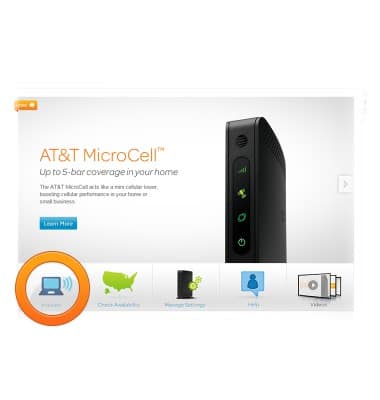
The WebRTC data channel mechanism does not support SCTP multihoming.

3: Data channels of a PeerConnection must be congestion controlledĮither individually, as a class, or in conjunction with the SRTP media streams 2: Both reliable and unreliable data channels must be supported. Of these SRTP media streams may change at any time. Note that there may be zero or more SRTP media streams in parallel with the dataĬhannels in the same PeerConnection, and the number and state (active/inactive) 1: Multiple simultaneous data channels must be supported. Please note that this section is informational only. This section lists the requirements for Peer-to-Peer (P2P) data channels between When, they appear in all capitals, as shown here. Used by the WebRTC protocol framework for transporting non-media dataĪre to be interpreted as described in BCP 14 Section 5 discusses SCTP over DTLS over UDP and The remainder of this document is organized as follows:Īnd requirements for both unreliable and reliable peer-to-peer data channels Using allows the interleave of large messages toĪvoid monopolization and adds support for Using the reconfiguration extension defined in Īllows an increase in the number of streams during the lifetime of an SCTPĪssociation and allows individual SCTP streams to be reset. Partially reliable, delivery modes for user messages.

Provides multiple streams natively with reliable, and the relevant SCTP, as specified in with the partial reliabilityĮxtension (PR-SCTP) defined in and the additional policies This data transport service operates in parallel to the SRTP media transports,Īnd all of them can eventually share a single UDP port number. Solution together with confidentiality, source authentication, and Latest version, DTLS 1.2, is defined in andĪn upcoming version, DTLS 1.3, is defined in. Non-media data is handled by using the Stream Control Transmission Protocol (SCTP) encapsulated Media is sent using the Secure Real-time Transport Protocol (SRTP) (for example, audio and video) and non-media data. In the WebRTC framework, communication between the parties consists of media Transferring User Data on a Data Channel ¶ SCTP over DTLS over UDP Considerations ¶Ħ.6. Use Cases for Unreliable Data Channels ¶ģ.2.


 0 kommentar(er)
0 kommentar(er)
